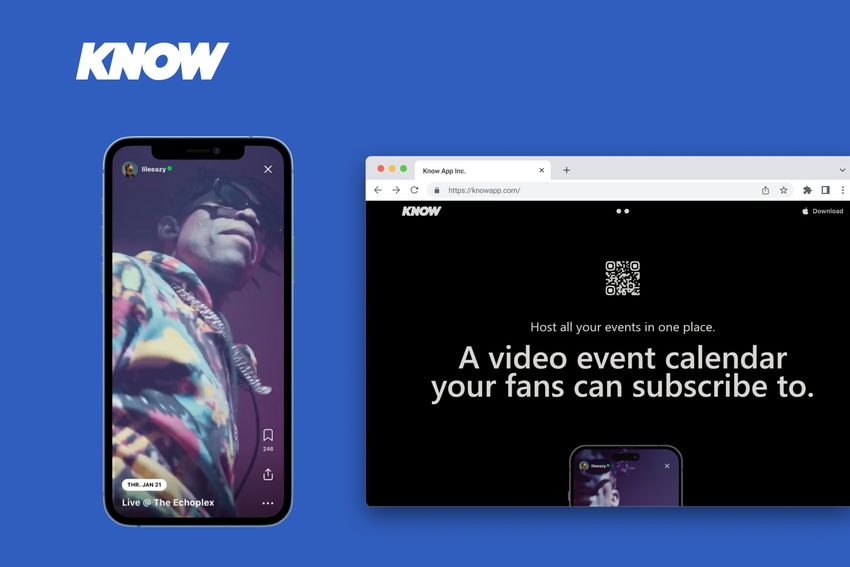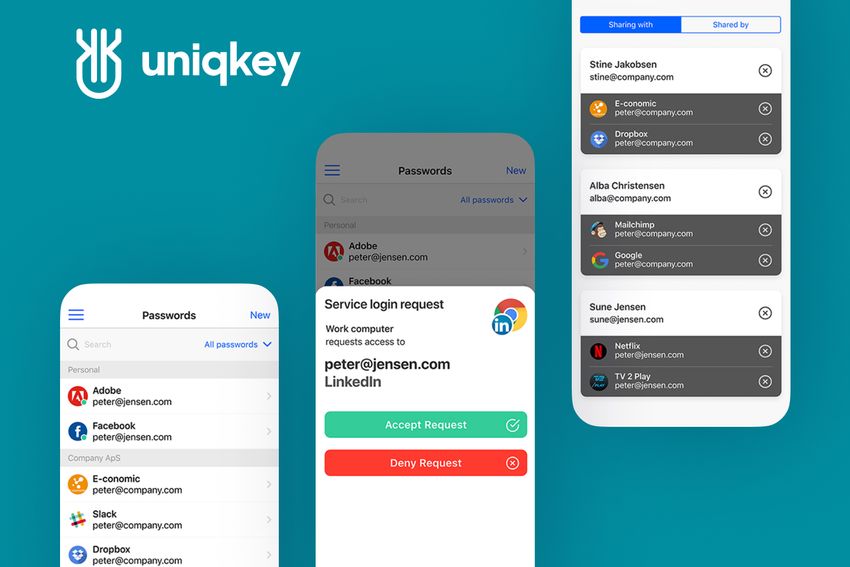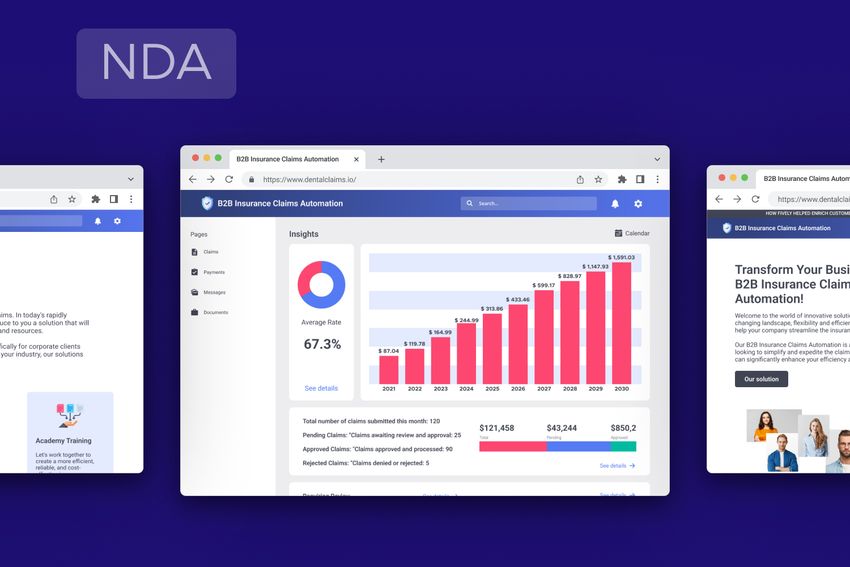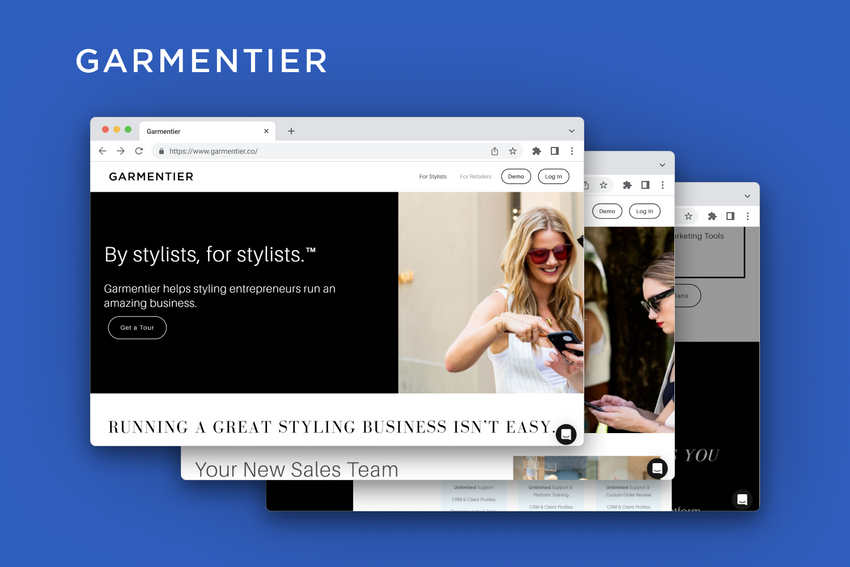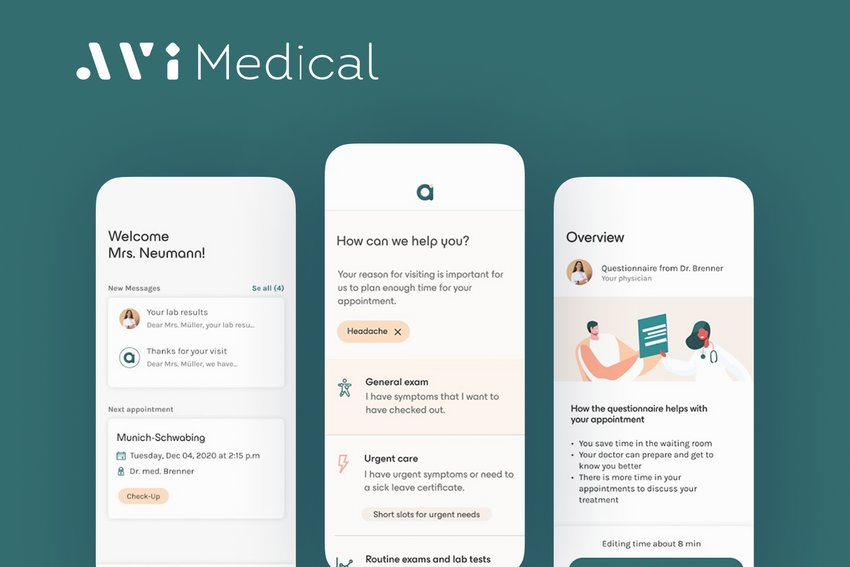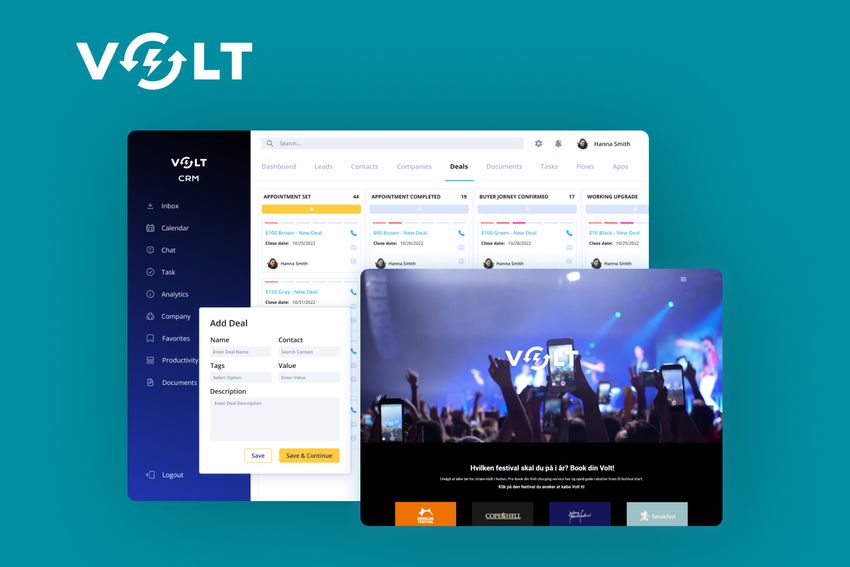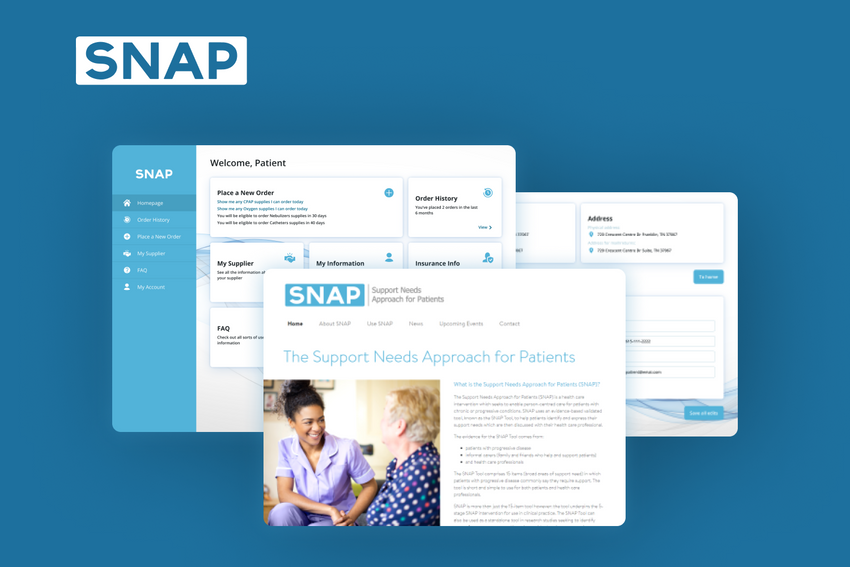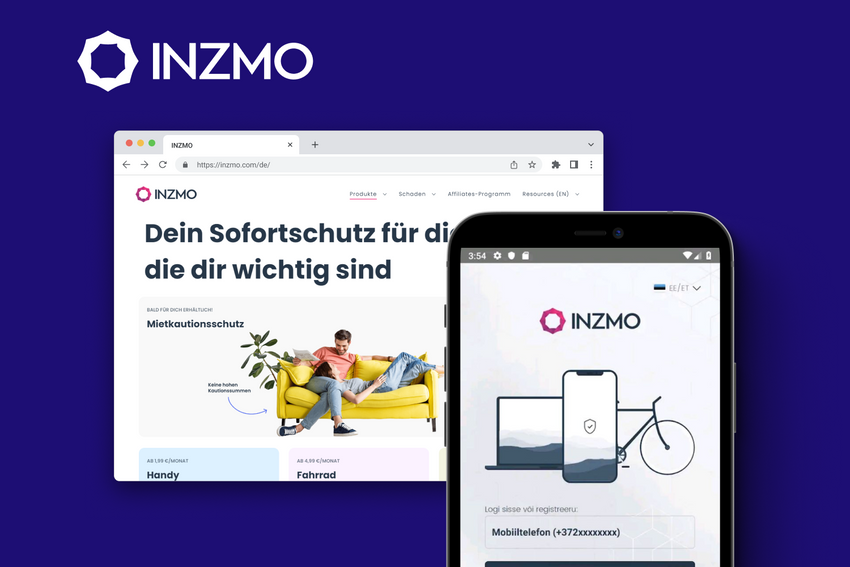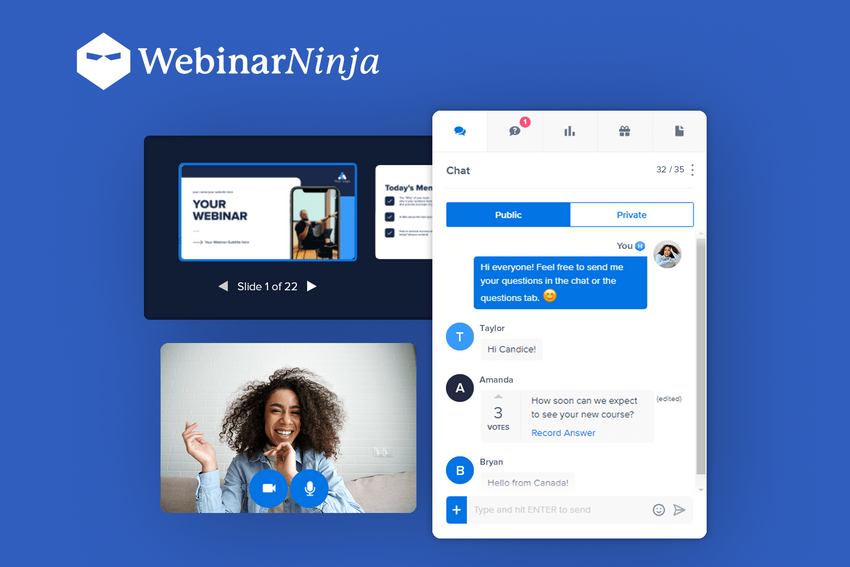A Complete Guide to Travel App Development 2026: From Idea to Itinerary
Discover how to build a travel app in 2026, from emerging AI and blockchain trends in travel mobile app development to must-have features and cost factors.
Travel apps have redefined how people plan, book, and experience their journeys: from AI-powered itinerary builders to real-time flight tracking and digital concierge services. In 2026, travelers expect speed, personalization, and seamless experiences across devices, and businesses that fail to meet these expectations fall behind.
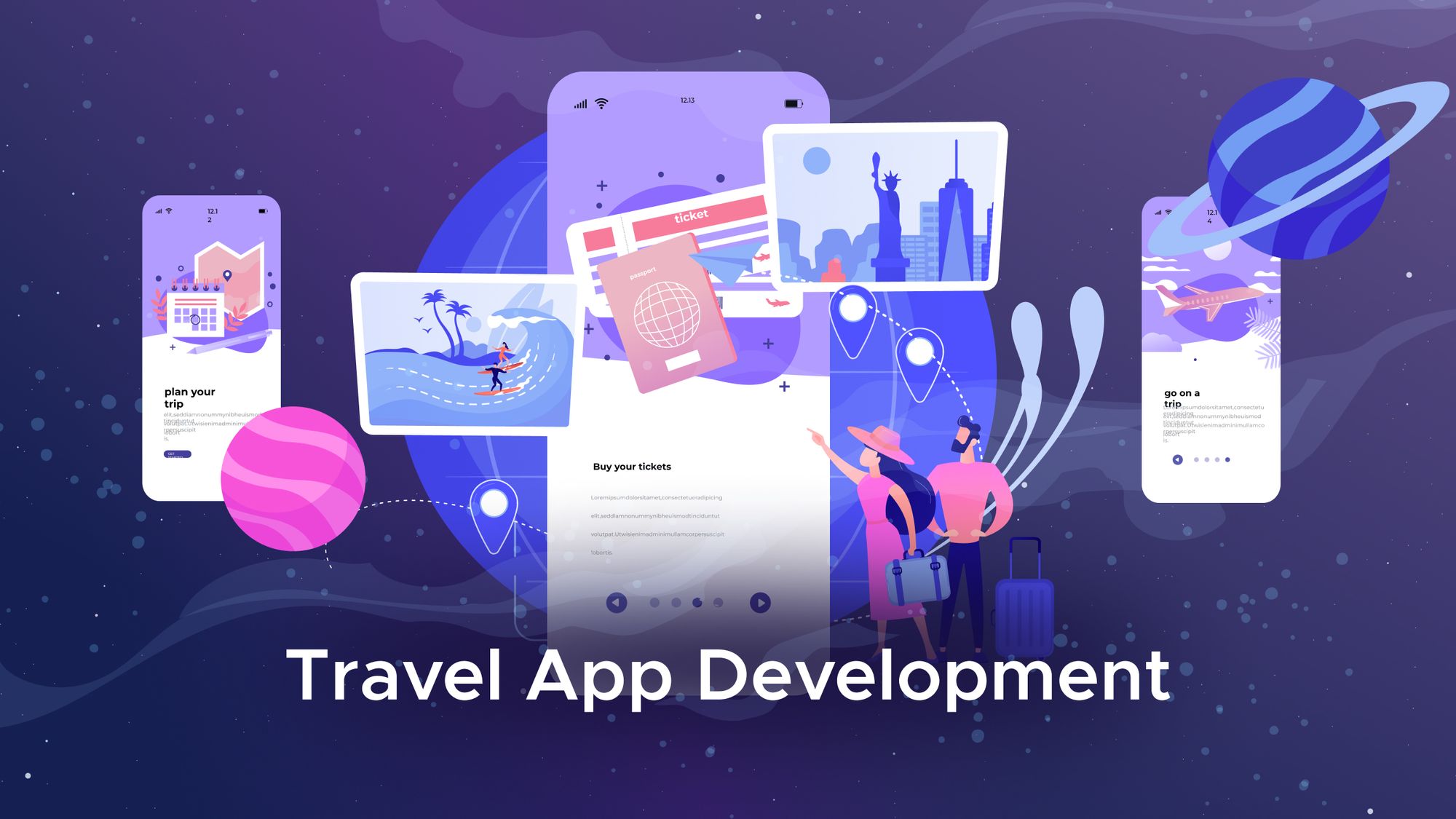
In this guide, we’ll explore everything you need to know about travel mobile app development, including features, technologies, development costs, and how software companies like Fively help brands bring innovative travel solutions to life.
Travel Applications Market Analysis
Before we start, here’s a quick market analysis of the travel mobile app space in 10 sentences, along with proof and sources:
- In 2024, the global travel app market generated approximately $629 billion in revenue, marking a 13 % year-on-year increase.
- App downloads are still climbing — travel apps hit 4.2 billion global downloads across iOS and Google Play in 2024, with time spent up over 7.3 % to surpass 20 billion hours.
- What’s interesting, Asia leads in install rates for travel apps, while North America shows comparatively lower install volumes despite high spend per user.
- The travel planner app segment is projected to grow from around $544 billion in 2023 to $1,445.1 billion by 2032, at a CAGR of ~11.9 %.
- The broader travel and tourism app development market is expected to expand from $650.7 billion in 2024 to approximately $3,552.7 billion by 2034, representing a CAGR of 18.5 %.
- User behaviour has permanently shifted: while daily retention is low (many users don’t open travel apps every day), the high average order value means companies focus more on re-engagement than frequent usage.
- Mobile users now show higher average booking value: since 2020, the average online travel order placed via mobile has grown by around 29 %.
- Subscription and loyalty models are increasingly common in travel apps, as companies seek more predictable revenue streams beyond just one-time bookings.
For developers and product owners, this means high competition for user acquisition, but also large opportunity: with the market scaling rapidly, well-designed apps with strong retention and good UX are rewarded with both usage and revenue growth.
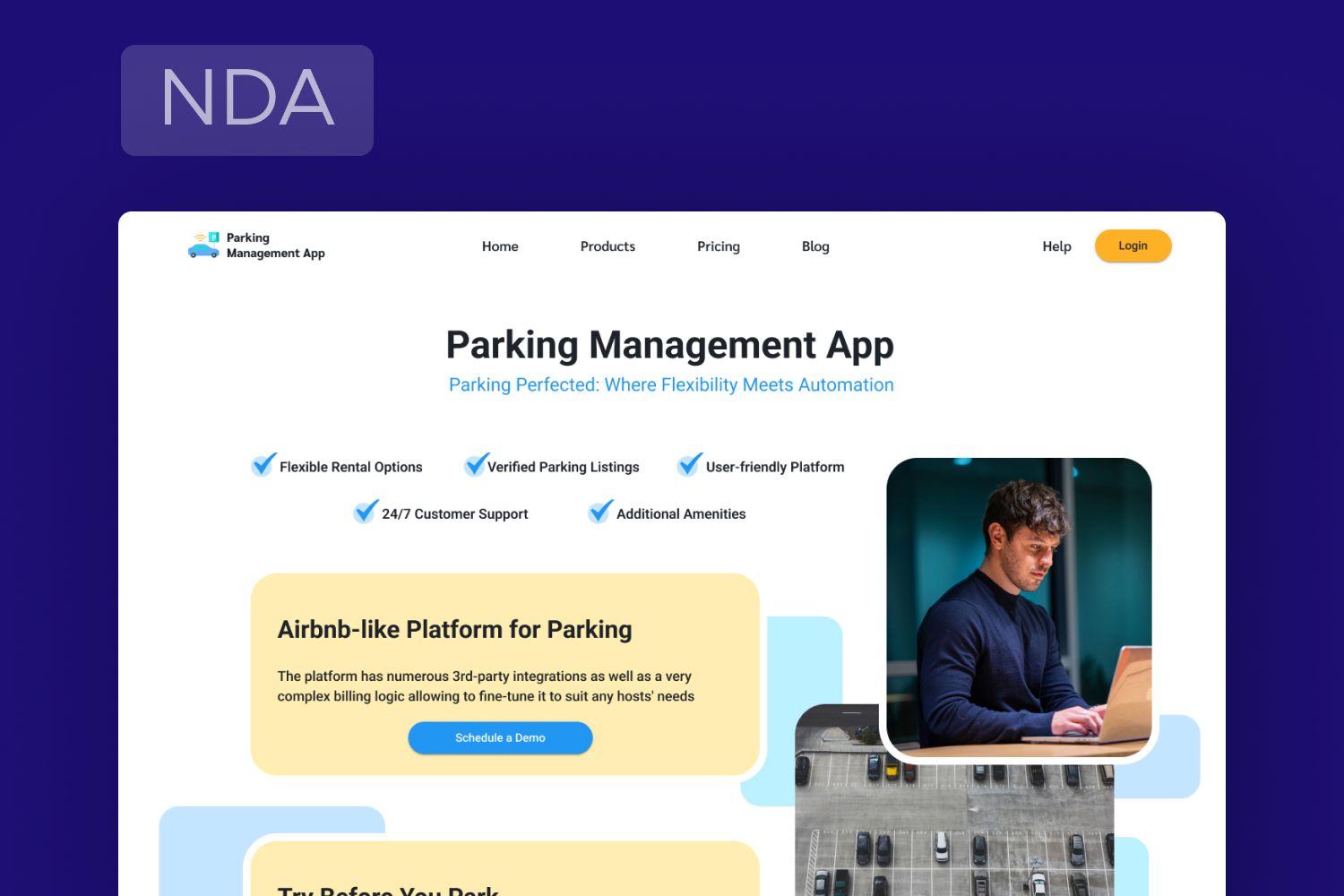
Latest Trends in Travel Mobile App Development
The travel industry is entering a new era where technology, personalization, and trust drive user experience. Travel app developers are now expected to anticipate user needs, process data in real time, and ensure complete security — all while maintaining an effortless, mobile-first design. Here are the top trends shaping the course of travel mobile app development companies in 2026.
AI-Powered Travel Assistants
AI is reshaping how people plan and experience travel. Modern travel assistants use natural language processing, machine learning, and recommendation engines to act as personal concierges in your pocket.
Hopper already uses AI to predict flight prices and notify users of the best booking times. Expedia’s ChatGPT-powered assistant helps travelers plan trips and receive real-time support within the app.
Key Features:
- Intelligent itinerary creation and trip suggestions.
- Chatbots and voice assistants for instant customer support.
- Predictive flight and hotel recommendations based on user behavior.
- Context-aware notifications (weather, check-in reminders, local attractions).
AI doesn’t just improve the user experience — it lowers operational app development costs by automating repetitive support and planning tasks.
Blockchain for Secure Payments and Transactions
Security and transparency are paramount in travel technology, especially when it comes to payments and identity verification. Blockchain ensures data integrity, eliminating fraud and reducing dependency on third-party intermediaries.
For example, Winding Tree enables airlines and hotels to connect directly with travelers using blockchain, avoiding commission-heavy middlemen; WebJet uses blockchain to verify hotel bookings across its platform, minimizing duplicate reservations.
Key Features:
- Decentralized transaction management for reduced fraud risk.
- Smart contracts to automate bookings and refunds.
- Immutable digital identity verification for borderless travel.
- Tokenized loyalty and reward programs.
By integrating blockchain, travel app developers build trust and transparency, especially for global users managing multi-currency transactions.
Personalized Experiences Through Big Data
Travelers no longer want generic recommendations — they expect experiences that reflect their unique preferences. Big Data empowers apps to tailor suggestions, offers, and itineraries by analyzing large volumes of behavioral and historical data.
Airbnb already uses data analytics to personalize search results and destination recommendations. TripAdvisor curates content and reviews dynamically based on user history and demographics.
Key Features:
- Personalized recommendations (destinations, hotels, restaurants).
- Dynamic content and offers based on travel patterns.
- AI-enhanced customer segmentation for targeted promotions.
- Real-time updates on local events, deals, and weather conditions.
Big Data transforms travel apps into adaptive ecosystems that evolve with each user’s behavior, enhancing engagement and brand loyalty.
Predictive Analytics for Dynamic Pricing
Pricing in the travel industry changes by the minute, and predictive analytics helps companies stay ahead. By leveraging machine learning models, apps can anticipate demand, track competitor pricing, and adjust rates dynamically — ensuring users always get competitive deals.
For example, Skyscanner and Kayak use predictive pricing to alert users when it’s best to book; while Airlines like Delta and Lufthansa apply dynamic pricing models to optimize seat revenue.
Key Features:
- Real-time fare monitoring and forecasting.
- Personalized pricing based on loyalty, location, or travel frequency.
- AI-powered revenue management dashboards.
- Integration with CRM systems for unified customer insights.
For both users and providers, predictive analytics ensures fair, flexible, and optimized pricing, improving satisfaction and profitability alike.
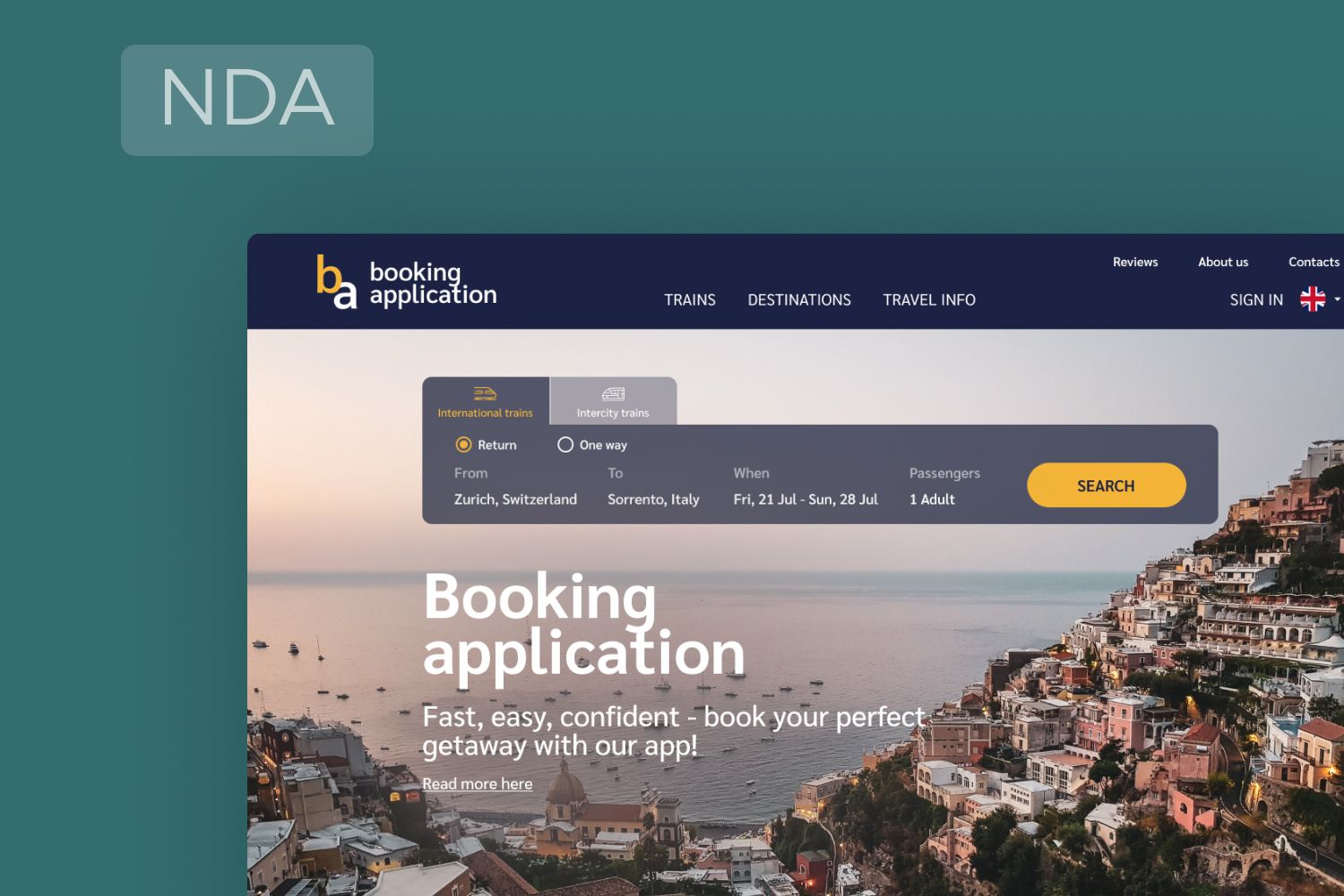
Types of Travel Apps
Travel apps come in many forms, each designed to enhance a specific part of the traveler’s journey — from planning and booking to exploring and managing experiences on the go. Below are the most common and in-demand types of travel apps in 2026.
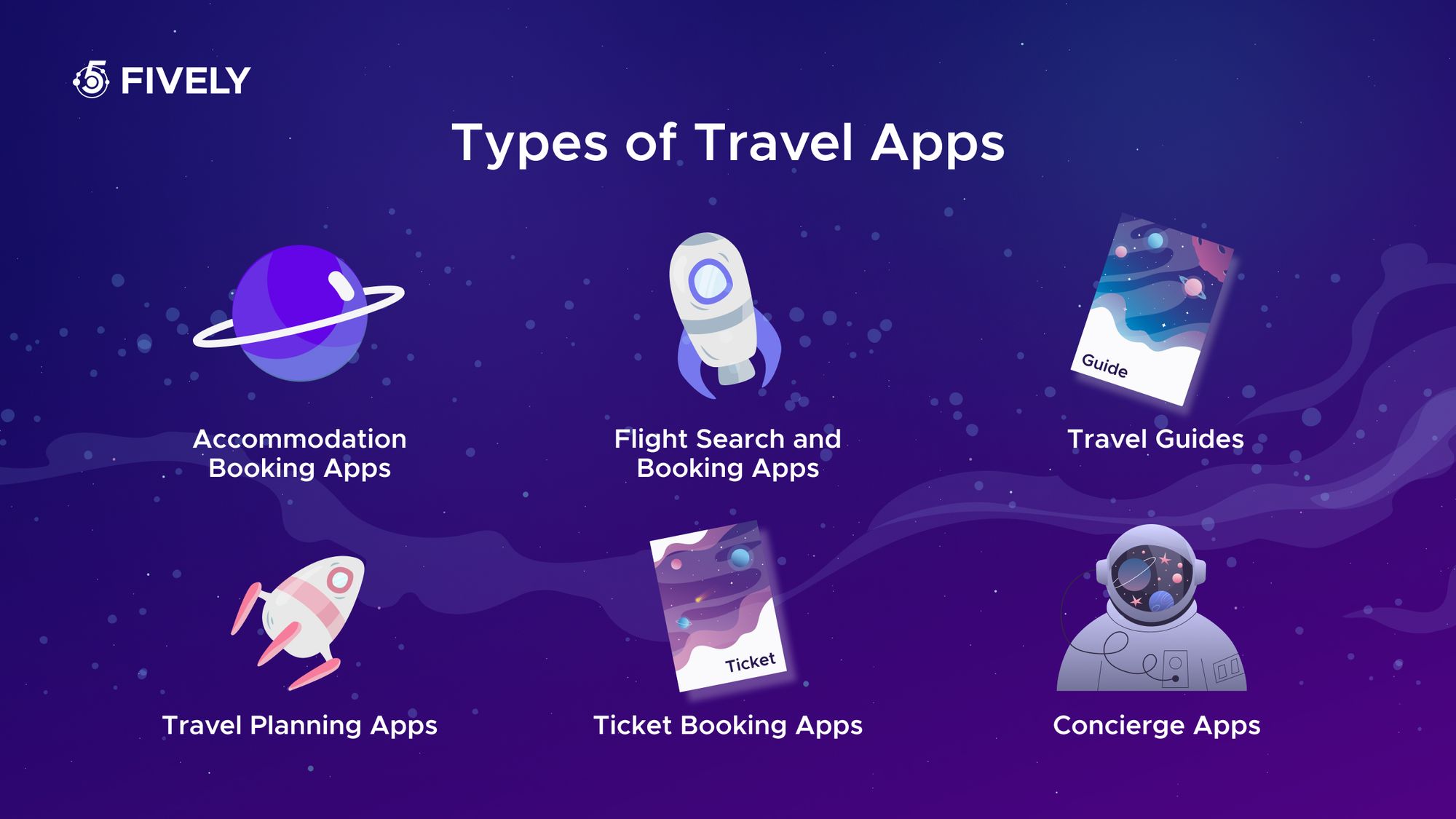
Accommodation Booking Apps
These apps make it easy for travelers to find, compare, and reserve stays in real time. With smart filters, instant booking, and AI-based personalization, users can secure the best deals on hotels, hostels, or short-term rentals.
Examples: Airbnb, Booking.com, Agoda
Key Features:
- Advanced search filters (price, amenities, distance)
- Real-time availability and booking confirmation
- In-app payments and secure transaction gateways
- Guest reviews, host ratings, and personalized recommendations
Flight Search and Booking Apps
Flight apps simplify trip planning by providing instant access to global flight databases, dynamic pricing, and AI-based fare predictions. Users can track prices, book seats, and receive live updates about delays or cancellations.
Examples: Skyscanner, Hopper, Kayak
Key Features:
- Real-time flight tracking and notifications
- Fare comparison across airlines and agencies
- Flexible date and price alerts
- One-tap check-in and mobile boarding passes
Travel Guides
Modern travel guides have evolved into immersive digital companions that go beyond static maps. They deliver localized insights, AI-curated itineraries, and augmented reality (AR) experiences.
Examples: TripAdvisor, Lonely Planet, Culture Trip
Key Features:
- Interactive maps and offline mode
- Location-based recommendations and reviews
- AR-powered exploration and route navigation
- Curated lists of landmarks, restaurants, and attractions
Travel Planning Apps
These apps help users organize all trip-related data — bookings, schedules, budgets, and notes — in one intuitive dashboard. With AI integration, they now generate full itineraries automatically based on user preferences.
Examples: TripIt, Roadtrippers, Wanderlog
Key Features:
- Smart itinerary creation and calendar sync
- Expense tracking and shared trip planning
- Document storage (tickets, visas, insurance)
- Collaborative travel planning for groups
Ticket Booking Apps
Whether it’s museum passes, train rides, or theme park tickets, these apps let users skip the queues and book experiences instantly. They often integrate with wallets and reward programs for seamless use.
Examples: Trainline, Tiqets, GetYourGuide
Key Features:
- Real-time seat availability and pricing
- Secure e-ticket storage and QR access
- Multi-language and currency support
- Integration with loyalty and cashback systems
Concierge Apps
Concierge apps deliver personalized, on-demand travel assistance — combining AI, chat support, and real-time services like dining reservations, transfers, and activity bookings. They’re especially popular among premium travelers and hotels.
Examples: John Paul Concierge, MyConcierge, Quintessentially
Key Features:
- 24/7 chat-based assistance and booking support
- Personalized activity and dining recommendations
- Integration with hotel and hospitality systems
- Push notifications for real-time travel updates
Must-Have Features of the Best Travel Apps
To stand out in today’s competitive market, travel apps must go beyond basic booking tools and offer a seamless, end-to-end travel experience. Here are the core features every successful travel app should include in 2026.
Onboarding
A smooth onboarding flow sets the tone for user engagement. Modern travel apps use progressive onboarding, showing value right away — such as personalized trip suggestions or local deals.
Key Aspects:
- Minimalistic sign-up screens with social or email options.
- Smart walkthroughs highlighting top features.
- AI-based personalization immediately after onboarding.
Authentication and User Profile
Secure, easy login is a must for building user trust. Offer flexible sign-in options while keeping data protected through encryption and two-factor authentication.
Key Aspects:
- Social media and email login integration.
- Secure password storage and biometric login (Face ID, fingerprint).
- User profiles with preferences, saved itineraries, and payment details.
Comprehensive Search and Filter Options
Search is the backbone of any travel app. Users expect fast, intuitive filters to find flights, stays, or attractions that fit their needs.
Key Aspects:
- Predictive search with location or keyword suggestions.
- Filters for price, distance, reviews, amenities, and availability.
- Integration with AI recommendation engines for personalized results.
Maps
Interactive maps enhance navigation, exploration, and trip planning. Integration with mapping APIs enables real-time directions, geofencing, and nearby recommendations.
Key Aspects:
- Integration with Google Maps or Mapbox APIs.
- Location-based suggestions for restaurants, landmarks, and events.
- AR overlays for immersive navigation and sightseeing.
Reviews and Ratings
User-generated content builds authenticity and trust. Travelers rely on reviews to make quick, confident decisions.
Key Aspects:
- Verified reviews and ratings tied to completed bookings.
- AI-powered sentiment analysis for relevant insights.
- Sorting and filtering of reviews based on recency, rating, or relevance.
Alerts and Notifications
Real-time alerts keep users informed throughout their journey. From price drops to boarding updates, smart notifications are vital for retention.
Key Aspects:
- Push notifications for bookings, cancellations, and offers.
- AI-driven alerts for personalized recommendations.
- Geolocation triggers (e.g., “You’re near your check-in point”).
Booking and Reservation System
A robust, secure booking system is the core of any travel app. It must be fast, transparent, and reliable across multiple vendors and currencies.
Key Aspects:
- Integration with payment gateways (Stripe, PayPal, Apple Pay).
- Multi-currency and language support.
- Dynamic pricing and refund processing.
- Integration with partner APIs (hotels, airlines, tour operators).
Offline Access
Travelers often lose connectivity on the road — offline functionality ensures usability anywhere.
Key Aspects:
- Cached itineraries, maps, and tickets for offline mode.
- Smart data synchronization once the device reconnects.
- Lightweight design to minimize offline storage needs.
Support Chat
Even the best apps need a human (or AI) touch when something goes wrong.
Key Aspects:
- 24/7 live chat or AI-powered chatbot support.
- Quick access to FAQs, booking changes, and refunds.
- Integration with CRM or helpdesk systems for smooth escalation.
- Multi-language support for international users.
How to Develop a Travel App in 6 Steps
Building a travel mobile app is a mix of research, design, development, and user feedback. Here’s how to create a travel app turning your idea or concept into a successful, user-ready solution.
1. Define Your App Purpose
Start by identifying your app’s core goal — what problem does it solve for travelers? Whether it’s helping users book flights, find local tours, or manage itineraries, your app must offer a clear value proposition. At this stage, outline your target audience, business model, and key differentiators from existing competitors.
2. Conduct Market Research
Analyze your competitors and understand what travelers truly need in 2026. Explore user reviews on existing apps, study industry reports, and identify emerging travel trends like AI assistants or blockchain-based bookings. This step helps you pinpoint gaps in the market and shape your app’s feature set around real demand.
3. Decide on the Travel App Features
List out the core and advanced features based on your research. Start with essentials like search filters, maps, booking systems, reviews, and notifications, then expand with value-adding tools like AI trip planners, offline access, or support chat. The right feature mix will set your app apart from generic travel tools.
4. Find a Software Development Company to Build a Travel App
Partner with a reliable software development firm experienced in mobile and travel application development services. The right team will help you validate your idea, design intuitive UX, and build scalable architecture.
At Fively, we specialize in full-cycle travel app development — from concept and UI/UX design to backend integration and post-launch support.
5. MVP Development
Instead of building a fully loaded product from day one, start with a Minimum Viable Product (MVP). It includes only essential features to test your concept with real users. Collect early feedback, track engagement, and use these insights to guide the next development phases efficiently — saving time and cost.
6. Testing and Launch
Before going live, perform comprehensive testing to ensure stability across devices and platforms. Test for performance, usability, and security — especially for payments and user data. Once verified, publish your app to Google Play and Apple App Store, and promote it through travel communities, influencer collaborations, or social media campaigns.
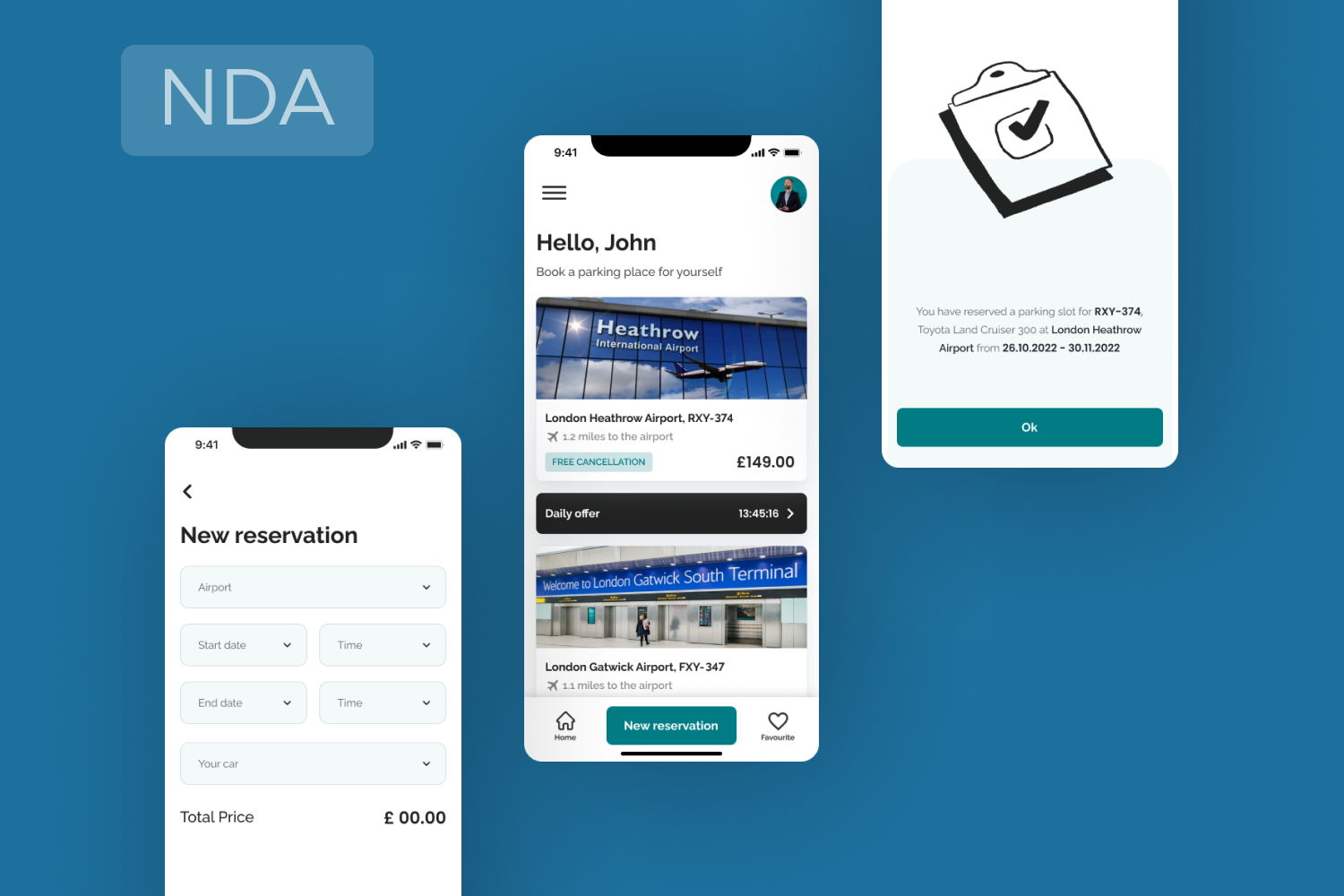
How Much Does Travel App Development Services Cost in 2026?
On average, building a custom travel app ranges between $40,000 and $250,000, depending on multiple variables — from the type and complexity of the product to the size of the development team and chosen technology stack.
Let’s break down the key factors that shape the total cost.
All costs (projects and rates) in this article are started according to industry averages and may vary from case to case, so always check the final price with your software vendor.
Application Type and Complexity
It’s natural that a simple travel planner or booking aggregator can cost far less than an enterprise-grade system with AI, AR, or blockchain integrations.
Basic apps (MVPs) with essential features like login, search, booking, and reviews can cost around $40,000–$70,000; mid-level apps offering advanced maps, personalized recommendations, and push notifications cost $70,000–$150,000; finally, complex apps with AI chatbots, predictive analytics, or global integrations may exceed $200,000.
Architecture and UI Design
Design plays a vital role in how travelers interact with your product. A well-structured architecture ensures scalability and performance, while polished UI/UX design enhances engagement. Basic layouts and templates can cost you around $5,000–$10,000, while custom, animated interfaces will be $15,000–$30,000. Finally, if you need advanced user flows and motion graphics, it may cost more that $30,000.
Technology Stack
The technologies you choose affect both the app development cost and future scalability of your app:
- Frontend: Flutter or React Native are cost-efficient cross-platform frameworks.
- Backend: Node.js, Python (Django), or Go are ideal for scalability.
- Database and Cloud: AWS, Firebase, or Google Cloud can add infrastructure costs of $200–$1,000/month depending on load.
Development Team Size and Roles
The size and composition of your development team play a major role as well. A typical project involves a project manager (around $40–$70 per hour for full-time coordination), UI/UX designer (around $35–$60), frontend and backend developers (around $50–$100), QA engineers (around $30–$60), and a DevOps specialist for deployment and CI/CD setup (may cost you around $50–$110 per hour). The more specialists involved and the more senior their expertise, the higher the cost.
Team Location
Location is another factor with significant cost implications. Hiring developers in North America or Western Europe is often two to three times more expensive than partnering with skilled teams in Eastern Europe or Asia. For example, a U.S.-based developer might charge $120 per hour, while a senior engineer from Poland or Latvia can offer comparable quality at $50–$70 per hour.
At Fively, our cross-European team offers both quality and cost efficiency, making us an excellent choice for mid- to large-scale travel projects.
Collaboration Model
How you structure your engagement with the development company also affects the cost:
Support and Maintenance
Finally, it’s important to plan for software support and maintenance after launch. These ongoing expenses typically account for about 15–25% of the total initial budget annually. Regular updates, bug fixes, API changes, and new OS versions all require consistent attention to keep the app performing flawlessly.
A small MVP may start around $40,000, while a fully featured, cross-platform travel ecosystem with AI-driven personalization, AR navigation, and real-time data integrations can reach $250,000+. The best way to get an exact estimate is to discuss your goals and priorities with an experienced travel app development company.
Conclusion
The travel industry is rapidly embracing digital innovation, and mobile apps are at the center of this transformation. From AI-driven personalization to blockchain-secured transactions, travel apps today go far beyond simple booking — they deliver complete, seamless experiences for modern travelers.
While the cost of travel application development services depends on multiple factors like scope, technology, and team size, investing in quality software is a long-term win. A well-built travel app not only drives customer loyalty but also creates new revenue streams and strengthens brand reputation.
At Fively, we specialize in creating high-performance, scalable, and beautifully designed travel applications tailored to your business goals. Our team combines deep technical expertise with a strong understanding of the travel domain, from booking engines and route optimization to personalized travel experiences powered by AI.
We offer full-cycle development services that cover everything from UX/UI design and backend architecture to API integrations, AI-based recommendations, and cloud deployment. Our engineers are proficient in modern frameworks like React Native, Node.js, Python, and AWS, helping you achieve cross-platform compatibility, cost-effective scaling, and real-time performance. Plus, our quality assurance and post-launch support ensure that your app runs smoothly long after deployment.
Whether you need an MVP to validate your idea or a large-scale travel ecosystem serving thousands of users, feel free to contact us and be sure to get a perfect travel app development experience, which makes traveling smarter, simpler, and more enjoyable!
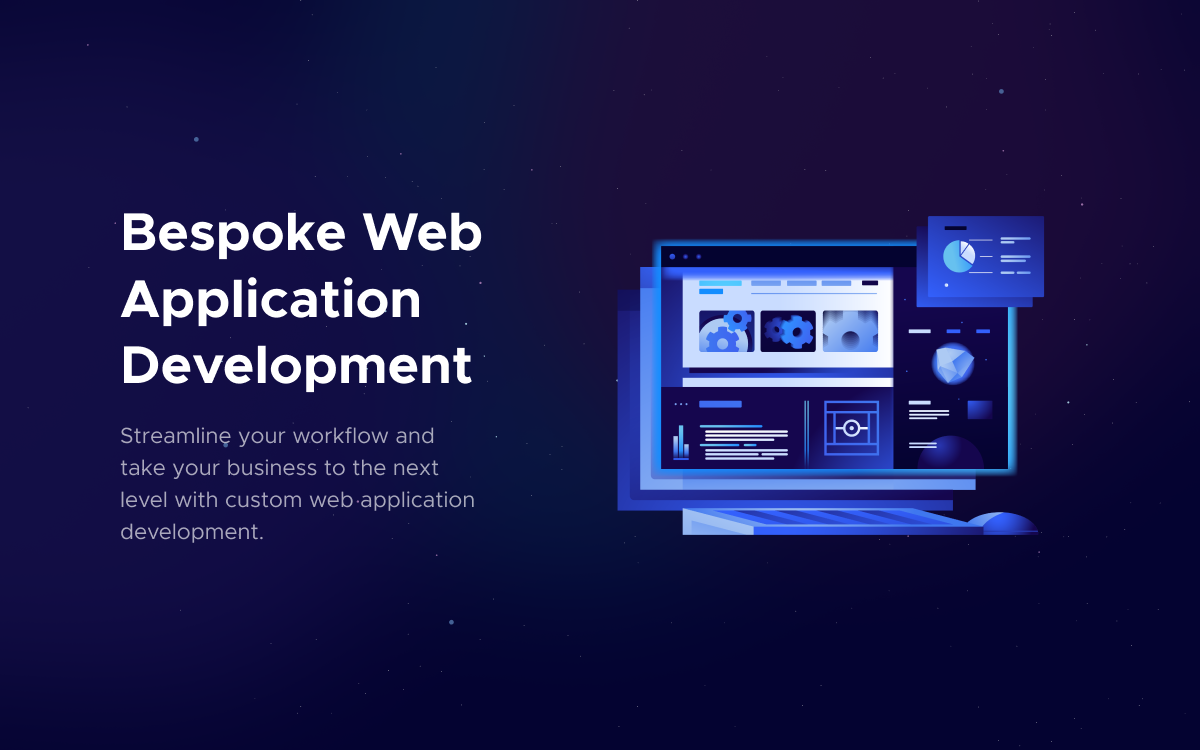
Need Help With A Project?
Drop us a line, let’s arrange a discussion




